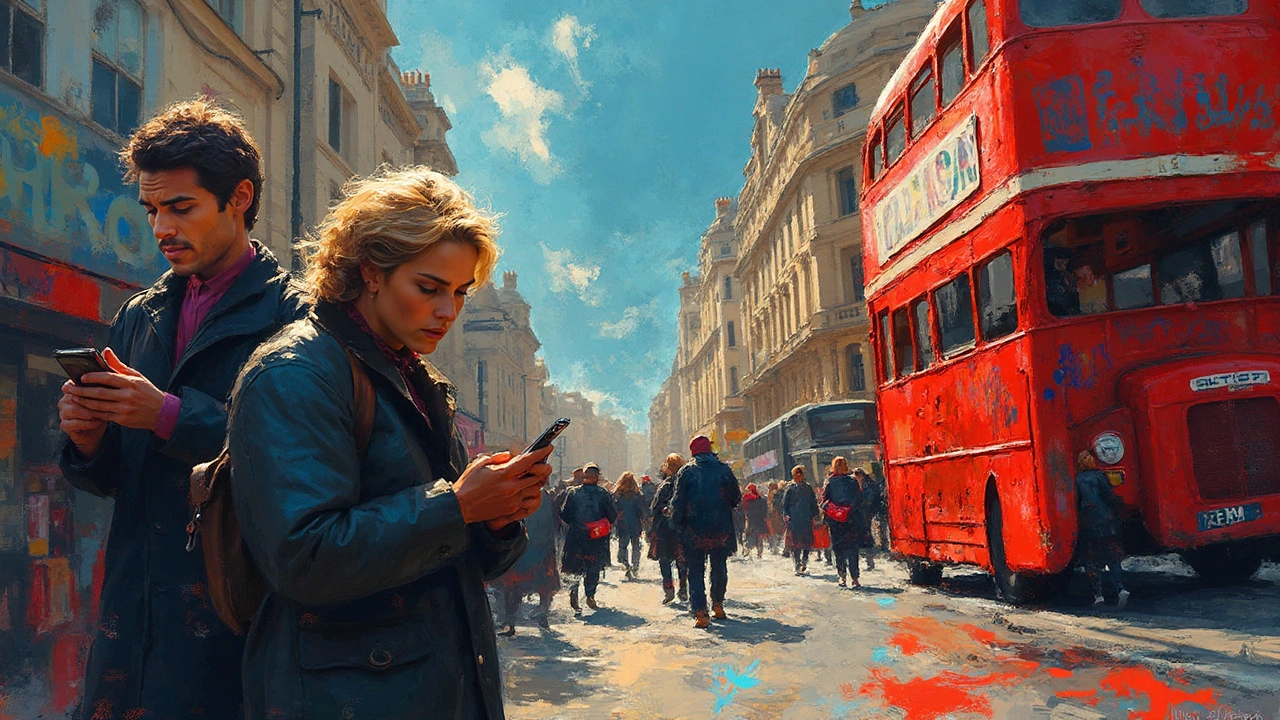Visual Culture: How Art Shapes What We See Every Day
Art hits you before you know it. From product labels to city murals, visual culture shapes choices, moods, and how communities talk. Want to notice it more? This guide gives clear, practical ways to read the visual world and use it—whether you’re a maker, a student, or someone who just wants smarter eyes.
Visual culture is the study of images, objects, and spaces that carry meaning. That sounds academic, but here’s the practical part: when you understand common visual signals—color, scale, repetition—you spot why a storefront feels trustworthy or why a logo grabs attention. Try this: next time you walk down the street, pick three visuals that stop you. Ask why they work. That quick habit trains attention fast.
Why designers and artists care: visual culture isn’t just style. It changes behavior. A well-placed mural can boost foot traffic. Clear signs cut confusion in public spaces. Brands use visual cues to build trust the same way a good museum layout guides a visitor. If you’re making anything, think of visuals as instructions you give your audience.
Practical tips to read visual culture
Start small. Learn basic color meanings: warm colors grab attention and cold colors calm. Notice scale: oversized objects feel important; tiny details feel private. Look for repetition—patterns create rhythm and memory. These elements show up in ads, apps, and streetscapes.
How to use visual culture in your life
If you run a small project, test two visual approaches and watch what works. Use brighter thumbnails for fast clicks, but calmer layouts for trust. For home decor, pick one bold piece and let other elements support it—visual hierarchy works in rooms like it does in posters. For city advocates, suggest public art in places where people gather; murals invite pause and conversation.
Want a quick exercise? Take a photo of a café menu, an app screen, and a billboard. Compare color, spacing, and focal point. Which one points your eye first? Which makes the information easy to act on? This simple analysis builds practical visual sense.
Social media zoomed visual culture into our pockets. Instagram, TikTok, and Pinterest speed up trends and compress meaning into single frames. That changes design: mobile-first images, bold typography, and short captions win. When you post, lead with a strong visual, then make actions obvious—buttons, short copy, or a clear link.
Quick checklist for improving visuals: prioritize contrast so elements read clearly. Use one clear focal point. Limit fonts to two and keep sizes consistent. Test designs on a phone to check scale. Ask two non-experts what they notice first. Track small changes and measure how people respond over time.
Visual culture shapes how we move, buy, and feel. Train your attention, use proven visual rules, and you'll see better work and make smarter choices. Keep practicing—seeing is a skill anyone can learn.
If you want examples, I can show three case studies—one brand, one public art piece, and one app UI—and walk you through what works and why. Want that? Say yes below.

